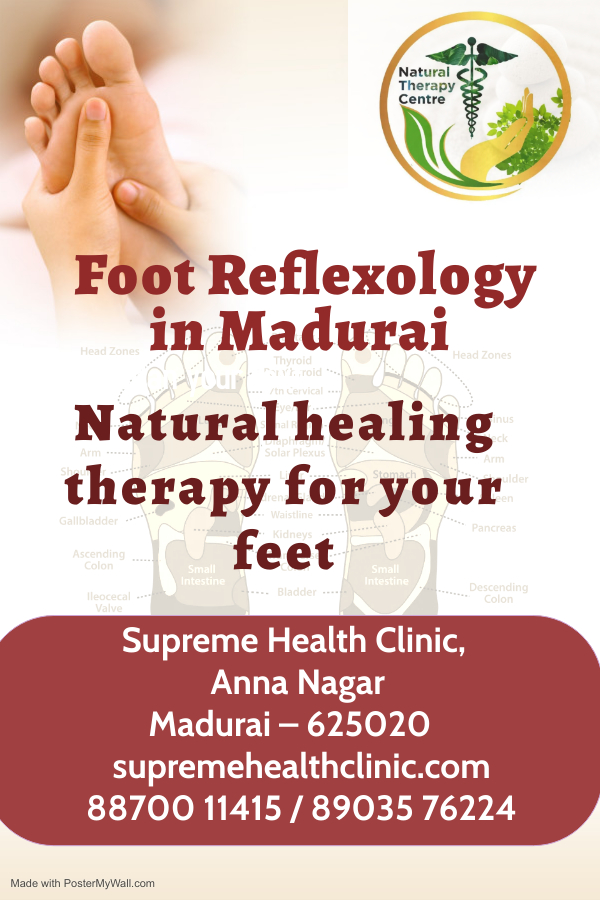Best Migraine Excersise
Uncategorized / By
clinicsup
https://youtu.be/f29hh4_DvQ4
Listen to Your Body: Pay attention to your body’s signals and limitations. If you feel a migraine coming on or experience prodromal symptoms, it’s essential to prioritize rest and postpone or modify your exercise routine accordingly.
Choose Low-Impact Activities: Engage in low-impact exercises that are gentle on the body, such as walking, swimming, or cycling. These activities promote cardiovascular health without placing excessive strain on your joints and muscles.
Maintain Consistency: Consistency is key when it comes to managing migraines through exercise. Establish a regular exercise routine to stabilize your body’s rhythms and reduce the likelihood of triggering migraines.
Warm Up and Cool Down: Prioritize a thorough warm-up and cool-down session before and after exercise to minimize the chances of sudden changes in blood pressure and to promote proper circulation.
Hydrate Properly: Dehydration is a known trigger for migraines. Stay adequately hydrated before, during, and after exercise by drinking plenty of water. Avoid excessive consumption of sugary or caffeinated beverages, as they can potentially trigger migraines in some individuals.
Opt for Moderate Intensity: Engage in moderate-intensity exercises, such as brisk walking or gentle yoga, rather than high-intensity workouts. This allows you to reap the benefits of physical activity without pushing your body to extremes that could potentially trigger migraines.
Mindful Breathing and Relaxation Techniques: Incorporate mindful breathing and relaxation exercises into your routine, such as deep breathing or progressive muscle relaxation. These techniques can help manage stress levels, which can be a contributing factor to migraines.
Pay Attention to Posture: Maintain good posture during exercise to prevent unnecessary strain on your neck and back muscles, which can trigger migraines. Focus on maintaining a neutral spine and avoid exercises that excessively strain the neck or involve sudden head movements.
Gradual Progression: When starting or modifying an exercise routine, do so gradually. Sudden increases in intensity or duration can potentially trigger migraines. Slowly build up your endurance and fitness levels over time.
Maintain a Balanced Lifestyle: Remember that exercise is just one component of a holistic approach to managing migraines. Alongside regular physical activity, ensure you get enough sleep, manage stress, maintain a healthy diet, and consider other migraine management strategies recommended by your healthcare provider.
While living with migraines may present challenges, it’s possible to incorporate exercise into your routine by following these ten tips. By listening to your body, choosing low-impact activities, maintaining consistency, and paying attention to various factors such as hydration and posture, you can find a balance that promotes overall wellness and helps manage migraines effectively. Remember to consult with your healthcare provider for personalized guidance and recommendations. Embrace a mindful and gentle approach to exercise, and enjoy the positive impact it can have on your physical and mental well-being.





